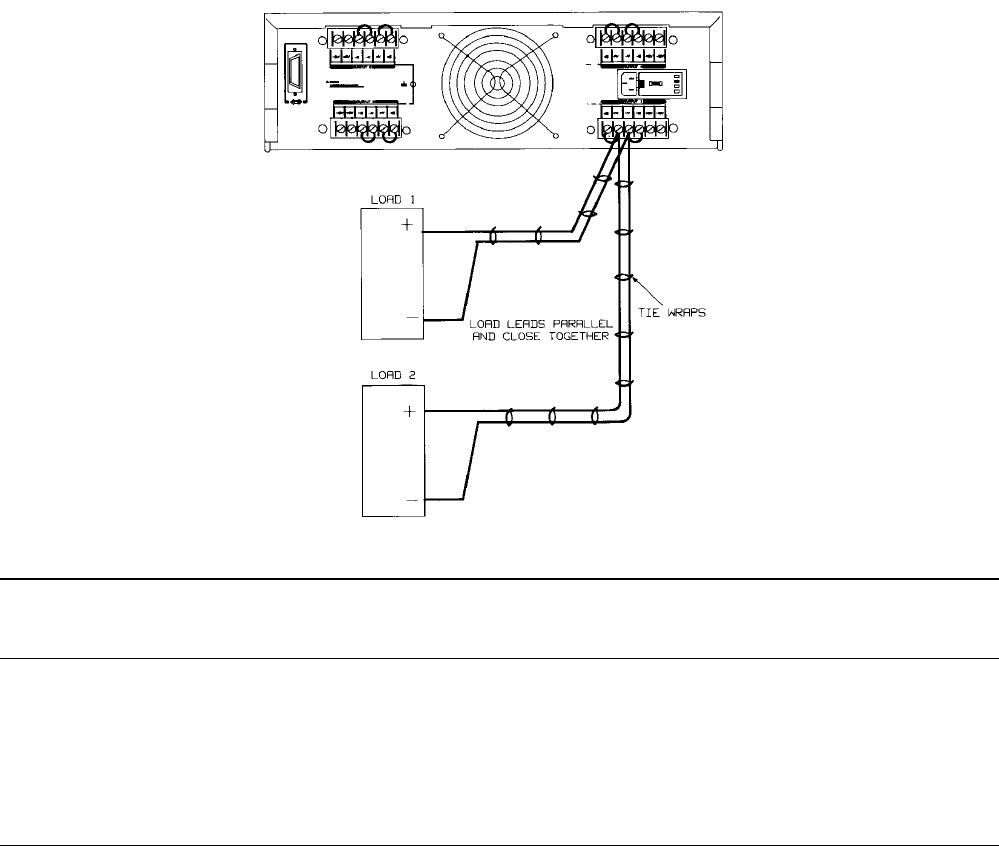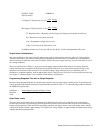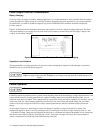
Output Connections and Operating Information 49
Multiple Loads
If you are using the as-shipped terminal block strapping pattern (local sensing) and are connecting multiple loads to one
output, connect each load to the output terminals using separate connecting wires (see Figure 4-4). This minimizes mutual
coupling effects and takes full advantage of the power supply’s low output impedance. Each pair of wires should be as short
as possible and twisted or bundled to reduce lead inductance and noise pickup.
If load considerations require the use of distribution terminals that are located remotely from the supply, connect the power
supply output terminals to the remote distribution terminals by a pair of twisted or bundled wires. Connect each load to the
distribution terminals separately. Remote voltage sensing is recommended under these circumstances. Sense either at the
remote distribution terminals or, if one load is more sensitive than the others, directly at the critical load.
Figure 4-4. Optimum Hookup for Multiple Loads, Local Sensing
NOTE When a load is connected through relay or switch contacts, contact bounce may activate the overvoltage
circuit and shut down the supply. Therefore, it is recommended that the output be downprogrammed to 0
or turned-off (disabled) before the relay (or switch) contact is opened or closed .
Positive and Negative Voltages
Either positive or negative voltages can be obtained from the supply by grounding (or "commoning") one of the output
terminals. Always use two wires to connect the load to the supply regardless of where or how the system is grounded.
This supply can be operated with any output terminal ± 240 Vdc (including output voltage) from ground.
Remote Voltage Sensing
Because of the unavoidable voltage drop developed in the load leads, the as-shipped terminal block strapping pattern shown
in Figure 4-4 does not provide the best possible voltage regulation at the load. The remote sensing connections shown in
Figure 4-5 improve the voltage regulation at the load by monitoring the voltage there instead of at the supply’s output
terminals. This allows the power supply to automatically compensate for the voltage drop in the load leads. Remote sensing
is especially useful for CV operation with load impedances that vary or have significant lead resistance. It has no effect
during CC operation. Because sensing is independent of other power supply functions, remote sensing can be used


















